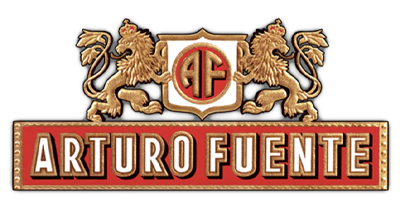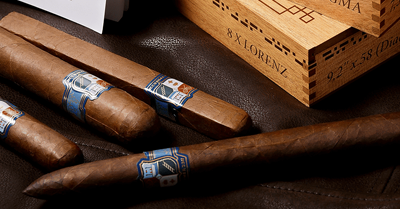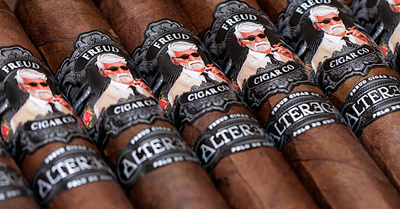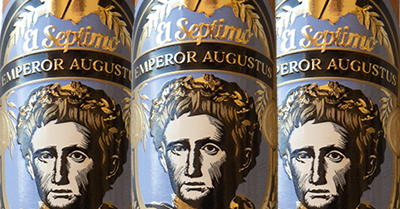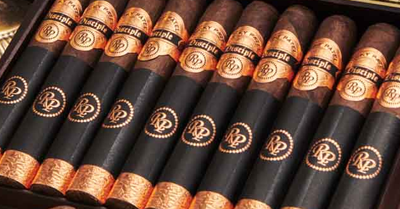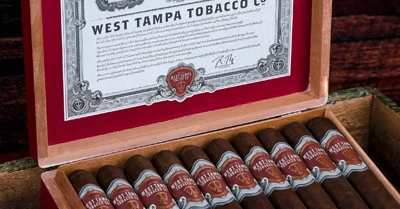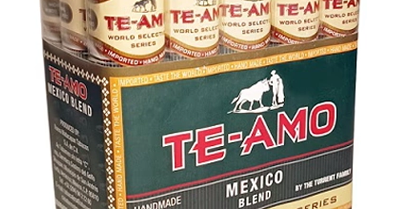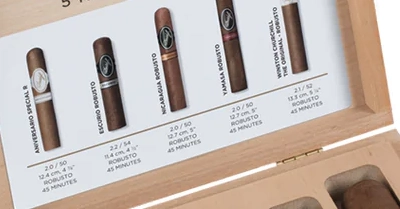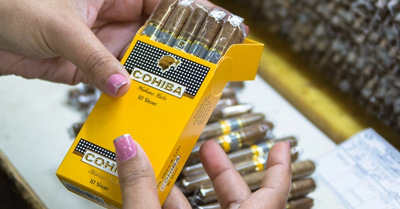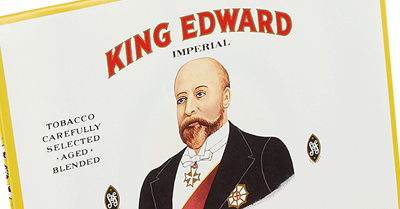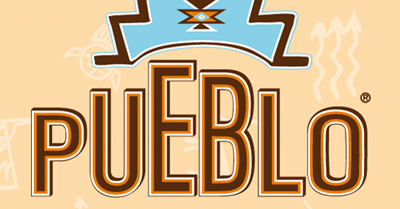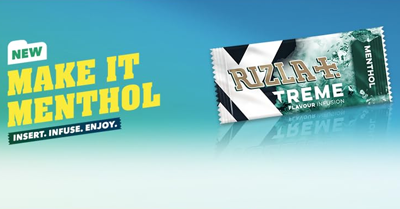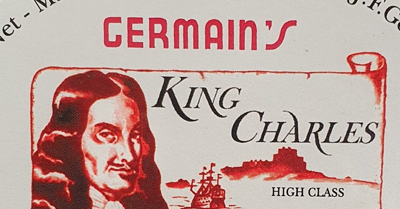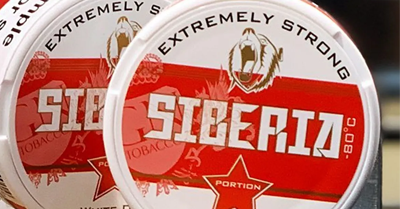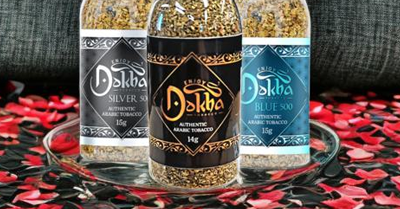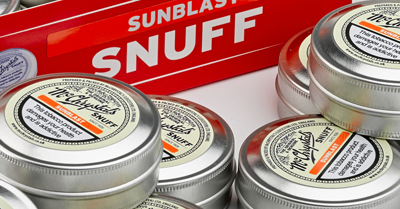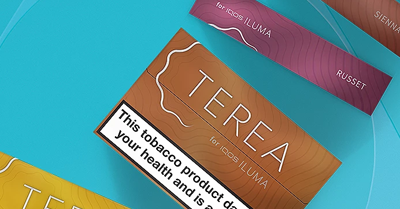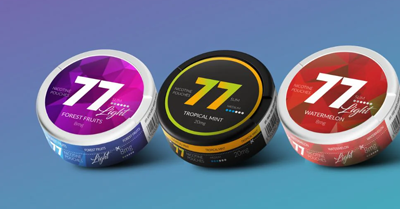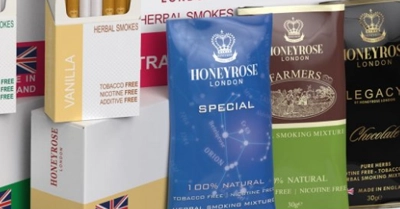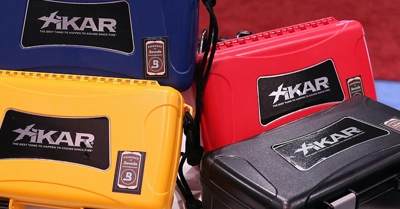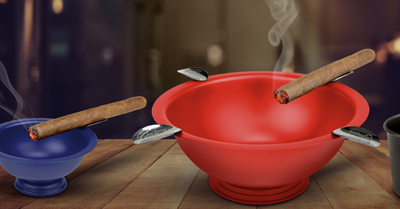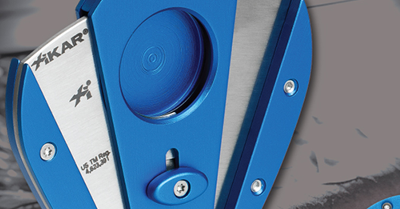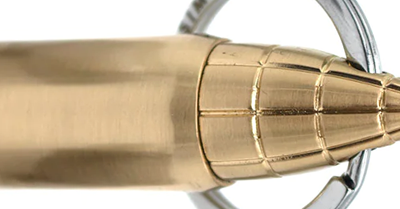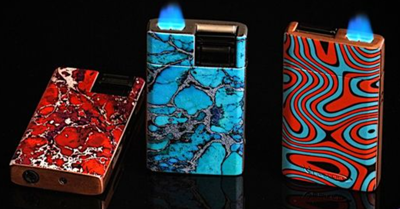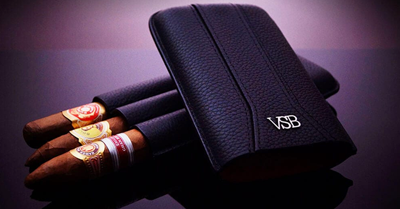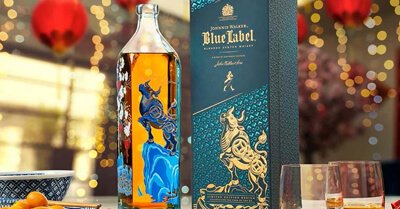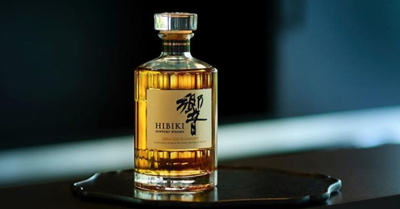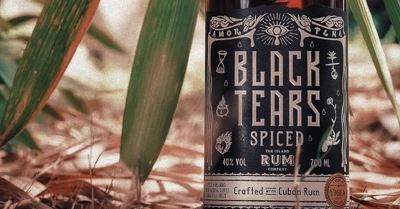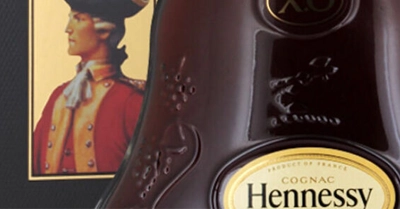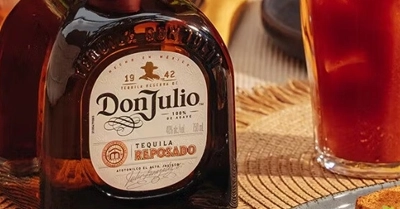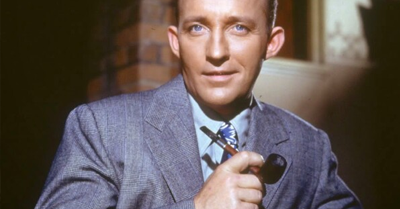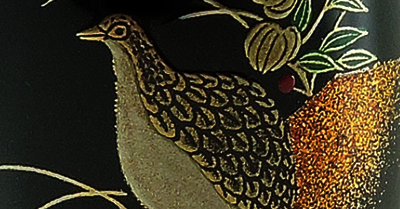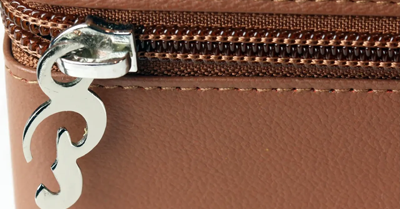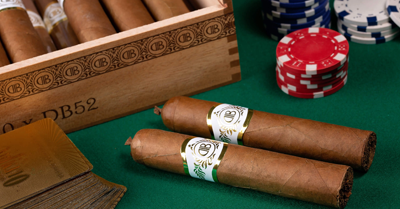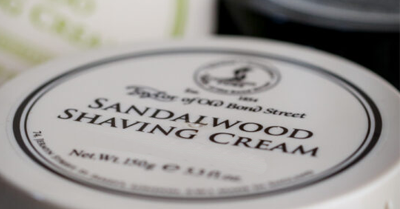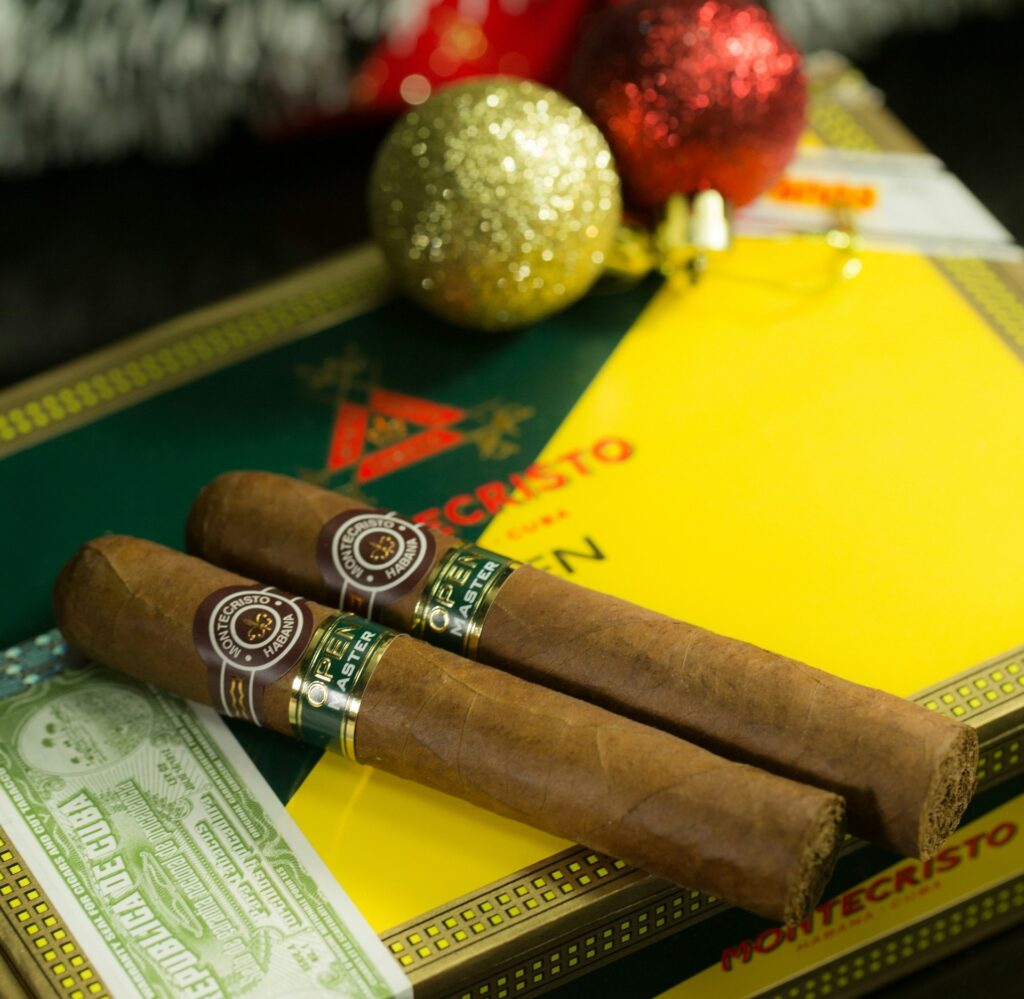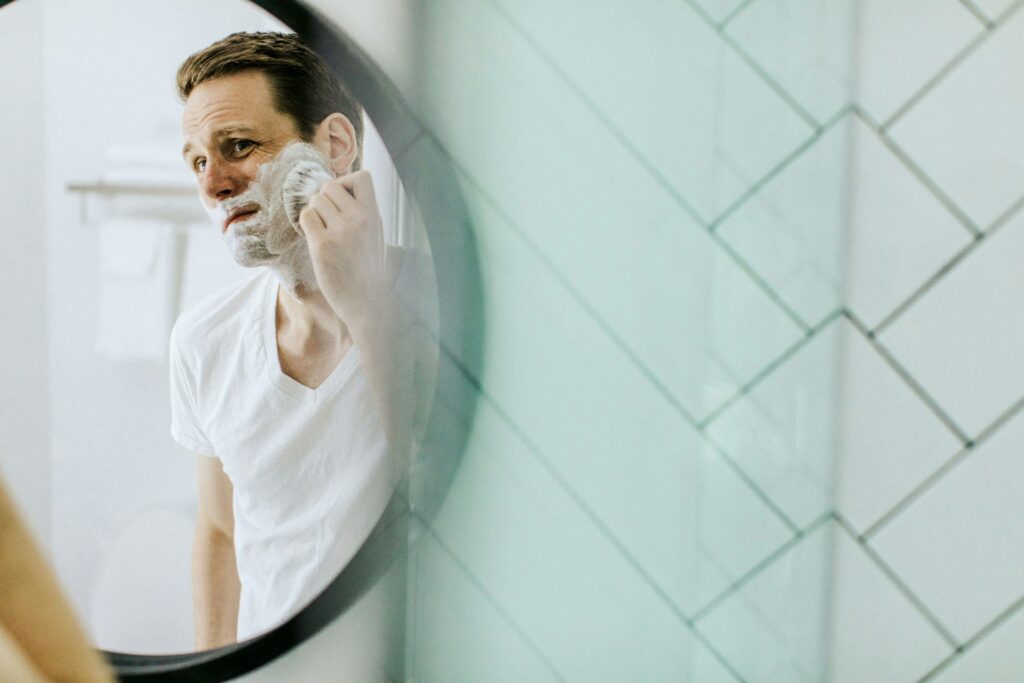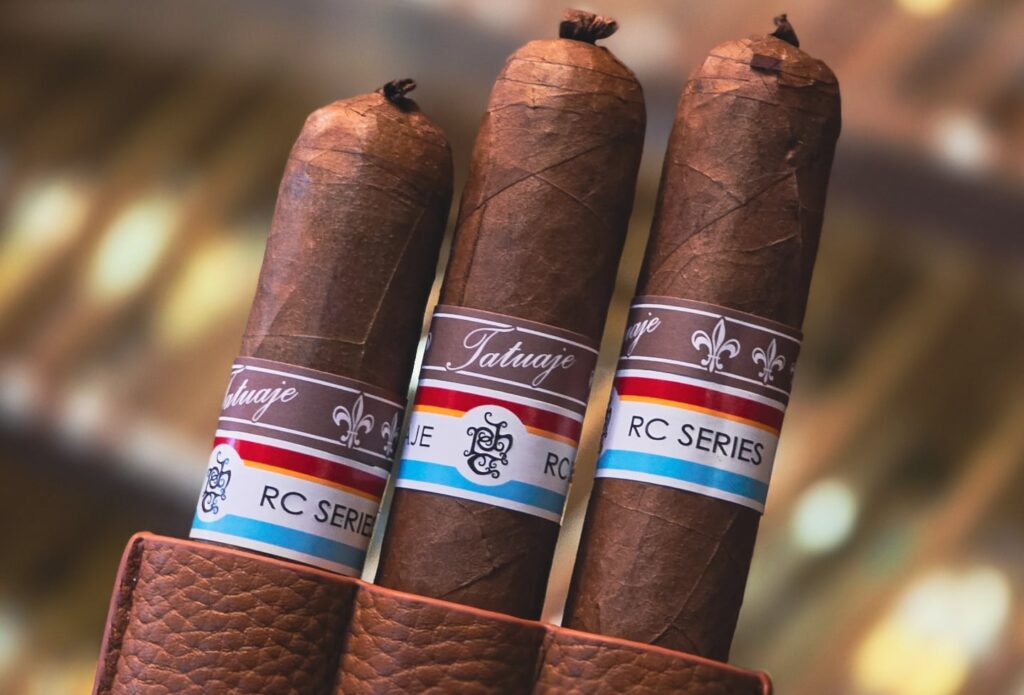First impressions count, and as the first thing the smoker notices when looking at a cigar, the colour and sheen of the wrapper are incredibly important for revealing the quality of the cigar. The cigar wrapper essentially acts as a marketing tool for the cigar, and the manufacturer, trying to sell us the stogie with its appeal of attractiveness. But does the look of it sometimes forsake the flavour?
The cigar wrapper leaf can be responsible for anywhere between 60% to 90% of the overall flavour of the cigar, so getting this element perfect is essential to achieving a great smoke. A high-quality wrapper can sometimes be more concerned with aesthetics than the actual flavours brought out in the burn. One way to test how much your cigar’s wrapper contributes to the overall flavour is to peel away a small strip of the wrapper, and just smoke the filler and binder leaves, allowing you to experience how much the wrapper leaf impacts the taste.
While tobacco leaves are originally green, the lengthy ageing process used to bring out the full flavour potentials mean that the wrappers are somewhere between a light tan and dark brown colour when they finally fulfil their destiny of becoming part of your cigar. Where the shade of the wrapper leaf falls on this brown colour spectrum is all dependent on the region from which the seeds originated from, and where it was grown; some of these can be hybrid types, where the seed comes from one region, but is grown in another location. Currently, there are over fifty different named tobacco wrapper leaves, each varying slightly in colour, depending on brand and type of cigar.
The wrapper every cigar manufacturer, and smoker, strives for is one with minimal, ideally no, blemishes. The other thing cigar aficionadi are on the lookout for is the shine on the wrapper. This shine is dependent on a variety of factors; from the environment in which the tobacco grew, to the conditions it experiences through storage.
Particularly important in this procedure is the time scheme and temperature used during the fermentation process. If the tobacco is fermented for too short a time, or at too low a temperature, there will be a higher level of oil left in the tobacco, leaving an almost artificially shiny exterior to the cigar wrapper. While this shouldn’t affect the burn of the cigar a great deal, it could have a negative impact on the flavour, leaving what was once an expertly blended taste as a bitter, or overly sharp, tang.
Conversely, if the tobacco is left for too long, or at too warm a temperature, the wrapper acquires a more matte appearance, as the oils and waxes within the tobacco get dried out. This is particularly an issue during storage, as temperatures may be less carefully maintained and managed. Collectors of older brands may notice this, as even the best-stored cigars can’t fight off the test of time forever, eventually losing the glossiness it once displayed. If too many oils have been depleted from the wrapper, the cigar can become brittle, and even develop cracks. To try and overcome this problem as much as possible, be sure to buy cigar humidors of a high-quality from sellers such as Havana House.
To answer the question, the only way in which we can determine what the shine levels on our cigar means for its quality- whether the cigar is shiny, was once shiny, or was dull all along- is if we also know the age, qualities and storage conditions of that particular cigar. Without this information, we cannot know whether a cigar has lost it’s shine, if it never had it in the first place, or if it has too much. But it can certainly be said that the shiniest wrapper you can find will most certainly not be the best quality you will experience.

